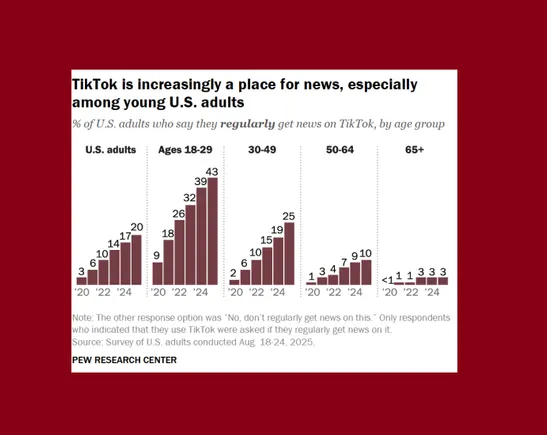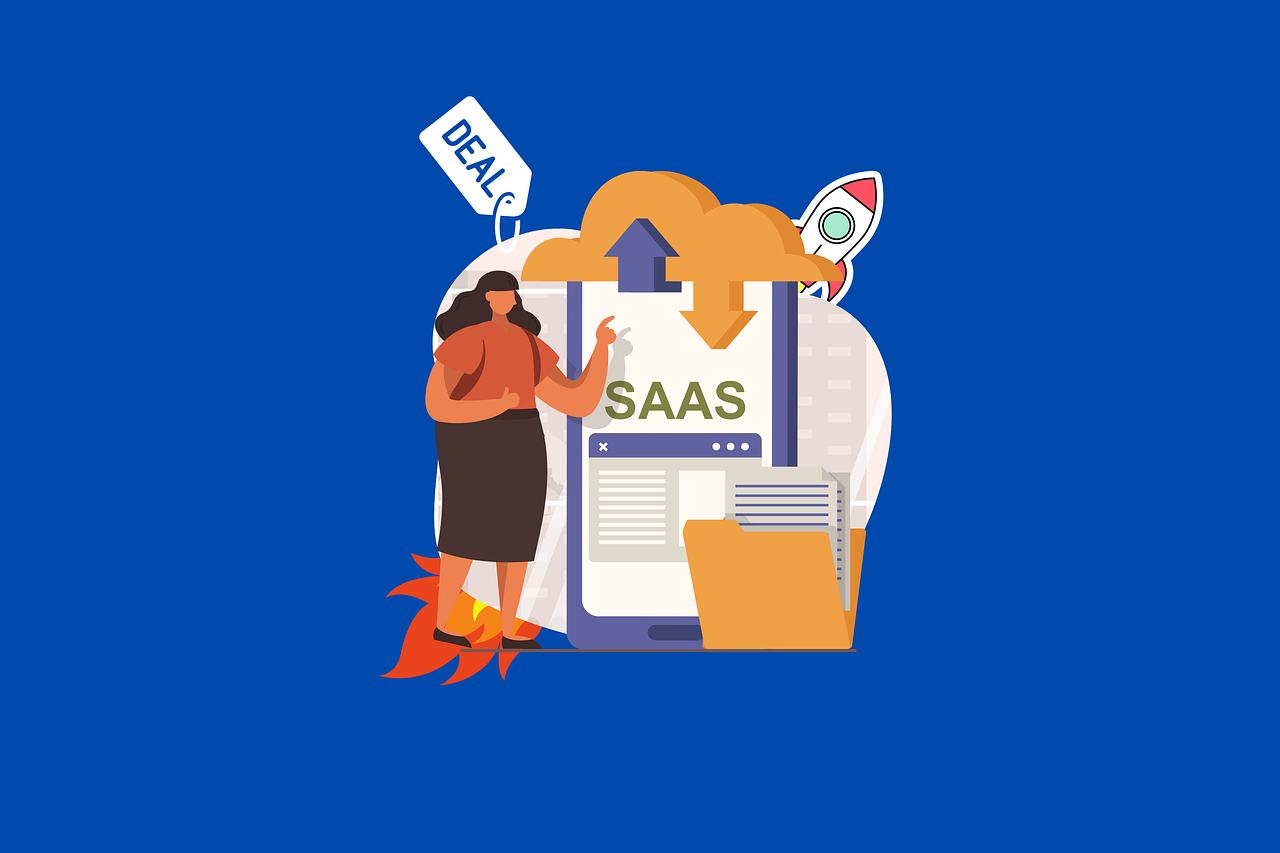Need more efficient Meta ads this Black Friday Cyber Monday? Here’s what you can do
Your brand’s first-party data is a goldmine for unlocking efficiency from Meta ads, but too few marketers are able to access it. Here’s how Klaviyo changes that.

Facebook and Instagram are two of the most popular customer-acquisition platforms. And for good reason: Meta—the parent company of both Facebook and Instagram—has nearly 4 billion users across all its platforms (including Messenger and WhatsApp), as well as one of the most sophisticated audience targeting tools brands can use to reach relevant segments of those users.
But the power of that tool—Meta Ads Manager—has decreased since Apple’s iOS 14 release. For many online retailers, the cost of acquisition from Facebook and Instagram ads has increased, and ad targeting has become less efficient, leaving many brands looking for alternatives.
“Given the economic climate, a lot of brands are looking for ways to drive revenue outside of performance marketing,” said Cameron Faist, VP of growth at Aura Bora. “For us, it was an easy decision to lean into owned media channels to drive more revenue per existing user and deepen our relationship with our consumers.”
Owned media channels like email and SMS marketing are powerful and typically associated with retention marketing efforts, but they can aid in acquisition too, and help make Meta ad campaigns more efficient.
“The richness of your customer-facing content can now extend far beyond a single ad campaign,” said Ashley McDermott, senior customer education specialist at marketing automation platform Klaviyo. “Instead, with all of your marketing channels combined into one unified strategy—including SMS, email, paid ads and more—you can create targeted content that meets customers exactly where they are in their journey with your brand.”
Integrating and consolidating your marketing automation and CDP tools into one gives your marketing team access to first-party customer data that you can then leverage back on Facebook and Instagram to regain your personalized audience targeting capabilities, and much more.
How, exactly?
Feed your marketing funnel and personalize it, too
Historically, e-commerce marketers built their ad and retargeting funnels on Meta. But today, that’s too expensive for many brands.
Luckily, you can use owned marketing channels like email and SMS to build that funnel and retarget—without having to pay per click while you’re at it.
“I work with our paid marketing channels, and the stuff we do through Klaviyo is the most powerful and effective retargeting that we do,” said Brodie Kelley, director of marketing at Bloom Nutrition. “You have more direct access to your customer base, and a robust system for building segments and viewing profiles, allowing you to target exactly who you want.”
Here’s how to boost your retargeting efficiency by shifting it into owned channels, in three practical steps.
Step 1: A Meta lead-gen campaign
E-commerce marketing agency Exclusive Concepts recommends creating a lead-gen campaign in Meta ads, targeting a lookalike audience based on your brand’s existing email list. In their experience doing this for a jewelry company client using the Klaviyo Facebook integration, they drove a thousand new leads with each Meta ads campaign. Then, they’d use those new leads in the future as a seed for a new lookalike audience.
The client was “generating hundreds of leads a week that were going right into their Klaviyo list,” said Olivia O’Connell, senior social specialist at Exclusive Concepts. “They were able to really build up their email list.”
They followed this strategy for about six months, averaging a cost per lead of less than $1.
Step 2: Nurture those leads
Now that you have the leads in your database, messaging automation comes into play. You’ll want strong welcome nurture streams set up across email and SMS, so you can gather data on individuals’ engagement with your marketing messages as well as activity on site.
Step 3: Segment your leads
From there, you can segment even further, creating custom, automated flows based on engagement level, site activity and more.
This is how you build a strong funnel with those new leads, serving content relevant to them throughout their journey with your brand.
Think omnichannel and grow your brand impact
First-party data is flexible—you can leverage it across paid and owned channels for both acquisition and retention efforts. It can support Facebook Advertising, and even marketing efforts that aren’t digital.
Take another one of Exclusive Concepts’ clients, a clean beauty brand that launched products in-store with Target. In-store placement partnerships are major milestones for many retailers, and it's important that your product fly off those shelves. Many marketers think they don’t have a lot of influence there, but that’s not the case.
Exclusive Concepts used Klaviyo’s Facebook integration (and regular email marketing campaigns), “remarketing to anyone on the client’s email list that bought products Target now carries, and pushing them to the store locator so they’d restock in-store,” O’Connell explained.
In this instance, return on ad spend wasn’t the best metric to track. Instead, they looked at ad click rate, email click rate and bounce rate on the store locator page they built.
Their goal was a 3% click rate—and when they launched the campaign, it hit about 4%. They also achieved their engagement goal, observing a bounce rate below 30% on that store locator landing page.
Most important, it only took Target a month to sell out of its first purchase order from the client.
“At the end of the day, you want to be able to reach customers in many different ways,” said McDermott. “You need to build a strong community of shoppers, with brand loyalty center-stage. This applies to the BFCM shopping period and well beyond.”

 MikeTyes
MikeTyes 
























.jpg&h=630&w=1200&q=100&v=6e07dc5773&c=1)







